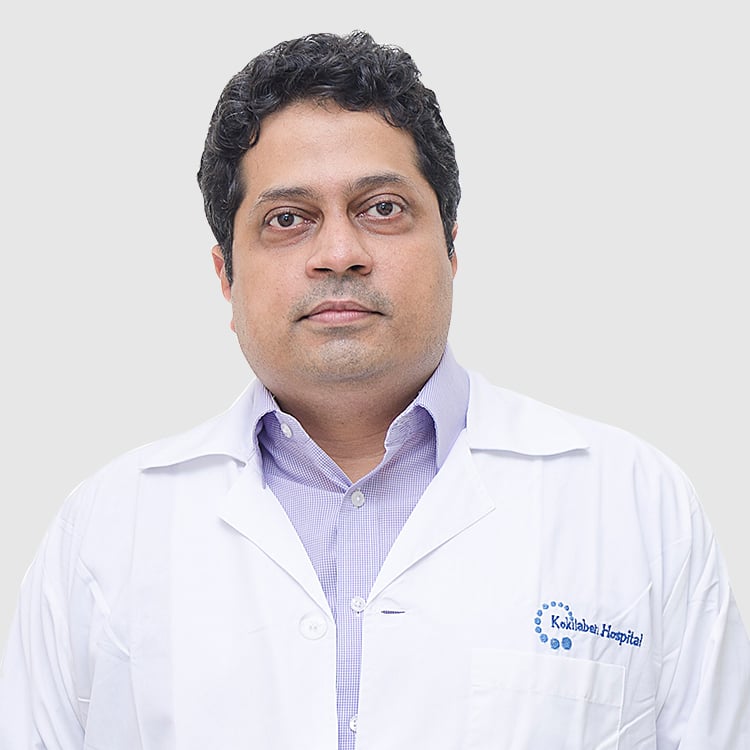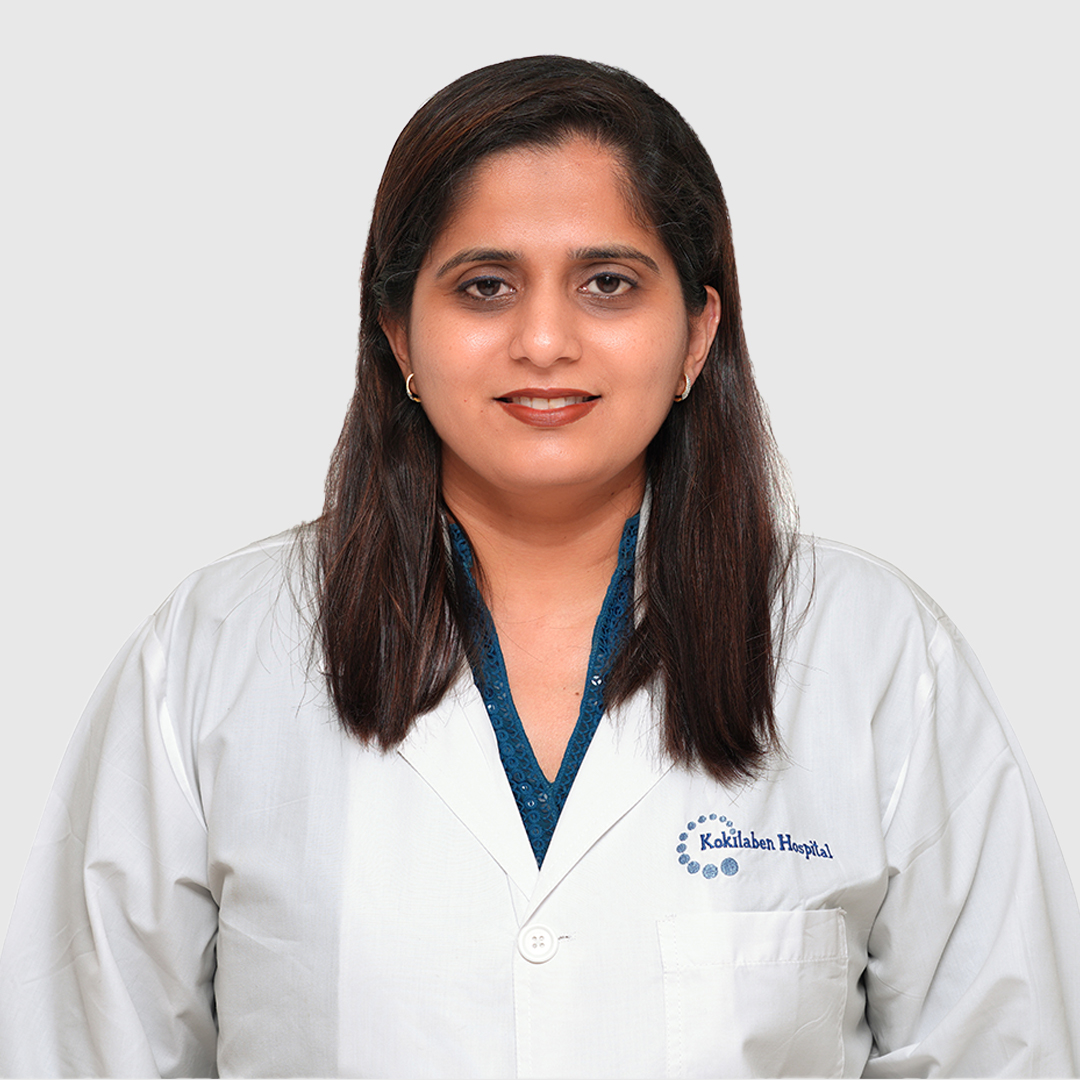According to World Health Organization (WHO), deaths from cancer worldwide are projected to continue rising, with an estimated 12 million deaths in 2030. Breast cancer is the most common cancer affecting urban Indian women. The last three decades have seen the numbers of breast cancer patients grow steadily. It is estimated that by 2015-2020, India will be among the world leaders in new breast cancer cases detected every year. Sedentary lifestyle (lack of exercise), increased consumption of fat products, postmenopausal obesity, late marriages, delayed child bearing and lesser number of children being conceived, reduced duration of breastfeeding (less than one year per child) are all believed to be reasons for increased risk of breast cancer.
Cancers if neglected or left untreated will progress to an advanced stage and threaten the life of the patient in the long run. Therefore, it is important to spread awareness on the disease as well as ways and means to prevent the disease or detect it early so that cure rates are maximised. With the latest technological advancements in the medical sector, today there are higher chances of getting diagnosed early leading to better management of the disease. A Comprehensive Breast Care Unit is well-equipped and has highly qualified specialists who guide a patient towards right treatment plan for any breast related disease.
Breast cancer starts in the cells of the breast. Although both men and women can get breast cancer, over 99 per cent of cases occur in women. Breast cancer is the most common invasive cancer in females worldwide. It accounts for 16 per cent of all female cancers and 22.9 per cent of invasive cancers in women. In fact, 18.2 per cent of all cancer deaths worldwide, including men and women, are from breast cancer.
The disease of breast can be described as benign (not cancerous) and malignant (cancerous). Benign Breast Disease includes conditions like fibroadenoma, breast cysts, fibrocystic disease, cyclical mastalgia (breast pain), breast abscess, granulomatous mastitis, etc.
Ideally both men and women can get breast cancer. But more than 99% of the cases occur in women. The greatest risk factor for developing breast cancer is being a woman and the incidence of breast cancer in woman increases with advancing age.
Breast cancer is not always visible to the naked eye. Its early signs are often hidden within the breast tissues. In early stages, breast cancer usually has no symptoms. However, as the tumour progresses, you may note the following signs:
If you notice a lump, or are experiencing anything unusual, you must report the symptoms to your doctor as soon as possible.
Screening and early detection of breast cancers with help of mammography, breast ultrasound, magnetic resonance imaging and gene profiling helps in early detection of cancer, thus helping the doctor in better management of the disease. Besides diagnostic methods, a monthly self breast exam is one of the best ways to notice any changes in your breasts.
There is strong scientific evidence to suggest that annual screening mammography starting at the age of 40 years (or 10 years before the age at which a woman’s first-degree relative developed breast cancer) reduces the chance of dying due to breast cancer significantly. In younger patients, a sono-mammography is also done as it can provide valuable information that might be missed on a mammogram performed in isolation. Annual MRI screening is recommended in women with hereditary breast cancer, i.e., those women who are BRCA 1 or BRCA 2 positive. The BRCA status needs to be ascertained by performing a genetic profiling in women with more than one first degree relative with breast and/or ovarian cancer.
Breast cancer that has spread to other organs is called metastatic breast cancer. This usually includes the lungs, liver, bones or brain. The symptoms may vary, depending on how far the cancer has spread and what type of tissue the new cancerous growth has invaded. All symptoms should be reported to your physician.
X-ray, mammography, breast ultrasound and magnetic resonance imaging help in early detection of breast cancer.
Depending on the pathology, your treating doctor will decide what treatment/s will bring better results. Some of the treatment methods are as mentioned below:
Treatment for breast cancer usually involves a combination of surgery, radiation therapy, chemotherapy, hormone therapy and/or targeted therapy.
Kokilaben Hospitals CBCU is a dedicated service created to specifically diagnose and treat the entire spectrum of conditions affecting the mammary gland. It is well-equipped with state-of-the-art radiation machines and day care chemo suites. The breast unit has been designed on guidelines laid down by the European Union Society of Mastology (EUSOMA) and is based on two fundamental principles: evidence-based medicine and a multidisciplinary approach.
Prognosis of a case widely depends on the type of the disease, how much the disease has progressed at the time of diagnosis and how the disease has reacted to the treatment given. For cancer, staging is the process physicians use to assess the size and location of a patient’s cancer. Identifying the cancer stage is one of the most important factors in selecting treatment options. Several tests may be performed to help in grading breast cancer including clinical breast exams, mammogram, biopsy, LFT (Liver Function Test) and certain imaging tests, such as an isotope bone scan, CT (Computed Tomography) scan of chest abdomen & pelvis and PET CT (Positron Emission Tomography CT) scan. These tests are not performed on every patient but only those who have extensive disease within the breast, i.e., breast lump more than 5 cm or tumour involving skin or presence of large matted axillary or neck nodes.
The greatest misconception that the common person has about cancer is that all patients eventually die of cancer. It is very important to realise that breast cancer is one of the most curable cancers in the human body. All patients who are cured live a normal life for their entire lifespan. Regular follow ups after the treatment will help in identifying relapse, if any.
Pregnancy can be planned after treatment of breast cancer in selected patients. Pregnancy is safe and does not increase the risk of relapse. Patients who receive chemotherapy can get chemotherapy-induced premature menopause, thereby interfering with post-treatment fertility. Cryopreservation of oocytes and ovarian tissue are the common methods that can enable such patients to bear children even if they become menopausal after chemotherapy.
Worldwide, there are specialised breast care units that deal with patients with breast diseases, including breast cancer. Well-equipped with state-of-the-art radiation machines and day care chemo suites, Kokilaben Hospital CBCU is a dedicated service that has been created to specifically diagnose and treat entire spectrum of conditions affecting mammary gland. The breast unit has been designed on the guidelines laid down by the European Union Society of Mastology (EUSOMA) and is based on two fundamental principles – Evidence-Based Medicine and Multidisciplinary Approach.
At Kokilaben Hospital, we have conducted over 1,100 breast cancer surgeries, of which over 50 per cent have been breast conservation surgeries.
Over the years, a lot of research has been carried out in the field of breast diseases -benign and malignant - spanning from diagnosis to treatment. It is important for all clinicians to keep up with this vast reservoir of knowledge, understand it and translate it into guidelines that are applicable in day-to-day clinical practice. This is called Evidence-Based Medicine.
At Kokilaben Hospital, we follow the model of Evidence-Based Medicine so that our patients can receive the highest level of care in surgery, chemotherapy or radiotherapy that is prevalent in the world. For instance, in the field of breast cancer management, the next step of individualising treatment for each and every patient using new molecular predictors of recurrence, by techniques, such as microarrays and Reverse Transcription-Polymerase Chain Reaction (RT-PCR) is already a part of treatment plan at Kokilaben Hospital. Such advances in technology have allowed us to quantify the risk of relapse for an individual patient and tailor the therapy accurately, like avoiding chemotherapy in patients who are at low risk of relapse as estimated using these new assays. Such advances in management are practiced on a regular basis in the CBCU at Kokilaben Hospital.
5-year survival rate (for early breast cancer) is 80 – 85 per cent
Background and diagnosis: A 37-year-old woman noted a large mass in her right breast. After conducting tests, she was diagnosed with breast cancer. She opted for breast conservation surgery (lumpectomy).
Treatment : She was treated with oncoplastic breast conservation surgery–the union of cancer surgery with plastic surgery techniques. Surgery was performed to remove the cancerous tumour, repairing the breast to correct small or larger defects to give it a near normal appearance and creation of evenness with the normal breast.
Outcome : The surgery helped the patient move on with her life with positivity. Often, in the case of a lumpectomy (where only the tumour is removed), patients feel disheartened to see the altered shape of the breast. However, here, the patient made the right choice by opting for oncoplastic surgery, where our expert mobilised portions of breast tissue to fill the cavity of the surgery and aligned the breast with the normal one for an even look.
Today, Centres of Excellence all over the world and at Kokilaben Hospital treat their patients using multidisciplinary teams. With growing awareness on breast cancer, more and more patients are being diagnosed in the early stages, consequent to which the cure rates have risen to up to 85-90%. This has made post-treatment quality of life and rehabilitation very important and relevant in addition to treatment issues.

Breast Oncology & G I Oncology

Breast Cancer Surgeries, Benign Breast Diseases, Chemo ports, Oncoplastic Breast Surgery